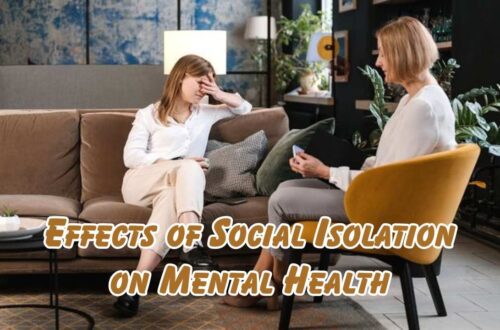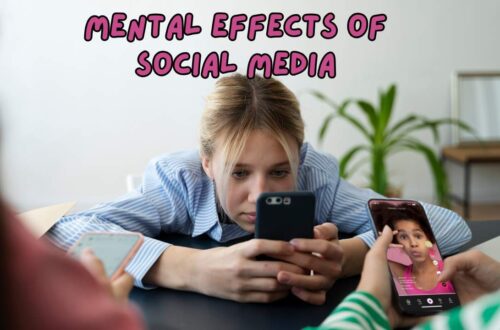The guilt shame cycle describes a pattern where feelings of guilt quickly spiral into shame, trapping individuals in self-blame and negative self-perceptions. Everyone makes mistakes, but for some, mistakes don’t just pass they linger and create heavy emotional burdens. Unlike guilt, which focuses on actions, shame targets the self, making it harder to move forward. This cycle can harm mental health, relationships, and overall quality of life.
Table of Contents
In this article, we’ll explore the definition of the guilt shame cycle, its background, why it matters, the challenges it creates, real-world examples, and ways to break free from it for a healthier emotional state.
Guilt Shame Cycle: Definition and Key Characteristics
The guilt shame cycle occurs when guilt over specific actions evolves into shame about one’s identity. For example, feeling guilty about lying can lead to shame with thoughts like, “I am a bad person.” Over time, these internalized feelings may fuel more mistakes and intensify emotional suffering.
Core features include:
- Persistent self-criticism
- Confusion between “what I did” and “who I am”
- Difficulty forgiving oneself
- Repeated reliving of mistakes
This cycle often leads to unhealthy coping mechanisms, such as withdrawal or perfectionism, that reinforce the loop instead of resolving it.
Related article: Emotional Stress: Understanding, Managing, and Overcoming Daily Struggles
Historical and Psychological Background of the Guilt Shame Cycle
Psychologists have long studied guilt and shame as separate emotions. In the 1960s and 1970s, researchers highlighted how guilt can sometimes be constructive, encouraging growth and responsibility. Shame, however, was seen as more destructive because it attacks identity rather than behavior. The guilt shame cycle gained attention as therapists noticed clients stuck in repeating loops of self-blame, preventing emotional healing. Today, it is discussed in trauma recovery, addiction counseling, and cognitive behavioral therapy as a common obstacle to progress.
Why the Guilt Shame Cycle Matters
Understanding the guilt shame cycle is crucial because it affects emotional resilience and mental well-being. When people cannot separate actions from self-worth, they often:
- Struggle with chronic anxiety or depression
- Avoid close relationships out of fear of judgment
- Engage in harmful coping strategies, such as substance abuse
- Develop low self-esteem that impacts personal growth
Breaking this cycle allows individuals to foster self-compassion, healthier relationships, and emotional balance.
Emotional and Mental Health Challenges of the Guilt Shame Cycle
The guilt shame cycle creates unique challenges that are difficult to escape without intervention. Common struggles include:
- Rumination: Constantly replaying mistakes in one’s mind
- Isolation: Withdrawing from others to avoid perceived judgment
- Perfectionism: Overcompensating to hide flaws, which increases stress
- Self-sabotage: Believing one is unworthy of success and unconsciously undermining progress
These challenges can escalate into serious mental health conditions if left unaddressed, including depression, anxiety disorders, and post-traumatic stress.
Real-World Examples of the Guilt Shame Cycle
- Workplace Mistakes: An employee makes a small error and feels guilty. Instead of learning and moving on, they internalize the mistake as proof they are incompetent, leading to reduced confidence and poorer performance.
- Parenting Struggles: A parent forgets to attend a school event and feels guilty. That guilt turns into shame “I am a bad parent” which can cause them to withdraw emotionally from their child.
- Addiction Recovery: A person in recovery relapses, feels guilty, and then interprets it as being weak or worthless. The shame fuels further relapse, creating a destructive cycle.
These examples highlight how the guilt shame cycle impacts different aspects of life.
How the Guilt Shame Cycle Impacts Relationships
In relationships, the guilt shame cycle can create distance and misunderstanding. A partner may interpret guilt as responsibility but feel helpless when shame prevents reconciliation. Over time, the cycle can erode trust and intimacy, as the affected individual withdraws emotionally. Understanding the cycle in relationships is key to fostering compassion and building healthier dynamics.
Related article: Emotional Habits: Shaping the Way We Think, Feel, and Live
Strategies to Break the Guilt Shame Cycle
While challenging, it is possible to break free from the guilt shame cycle through intentional practices and professional support.
Professional Interventions
- Cognitive-behavioral therapy (CBT): Helps identify distorted thinking patterns and separate actions from identity.
- Mindfulness-based therapy: Teaches awareness of thoughts and emotions without judgment.
- Trauma-informed care: Assists those with past trauma who experience amplified shame responses.
Self-Help Approaches
- Practice self-compassion by treating yourself as you would a friend
- Write down mistakes and reframe them as learning opportunities
- Share feelings with trusted individuals to reduce isolation
- Use mindfulness techniques to interrupt negative thought spirals
These strategies help replace self-criticism with understanding and promote emotional healing.

The Benefits of Breaking Free from the Guilt Shame Cycle
Escaping the cycle brings profound benefits, including:
- Greater emotional resilience
- Stronger and healthier relationships
- Improved self-esteem and self-worth
- Enhanced ability to accept mistakes and grow
- Reduced risk of depression and anxiety
By transforming guilt into learning and avoiding shame-based identity judgments, individuals can move forward with confidence.
Conclusion
The guilt shame cycle is a powerful emotional loop that traps individuals in negative self-judgment and prevents healing. By understanding its definition, challenges, and real-world effects, people can begin to recognize when they are stuck in this harmful pattern. Breaking the cycle requires self-compassion, therapeutic support, and intentional practice, but the rewards include healthier relationships, emotional balance, and personal growth. Recognizing that mistakes do not define one’s identity is the first step toward freedom.
SEO-Optimized Titles for Main Body Bullets
- Guilt Shame Cycle: 4 Negative Challenges That Harm Mental Health
- Guilt Shame Cycle: 3 Authentic Real-Life Examples You Can Relate To
- Guilt Shame Cycle: 7 Positive Strategies That Break Emotional Barriers
- Guilt Shame Cycle: 5 Life-Changing Benefits of Escaping Negative Patterns
Meta Description
Explore the guilt shame cycle, a harmful emotional loop that blends guilt with shame. Learn its definition, history, challenges, real-world examples, and proven strategies to break free and build emotional resilience.





